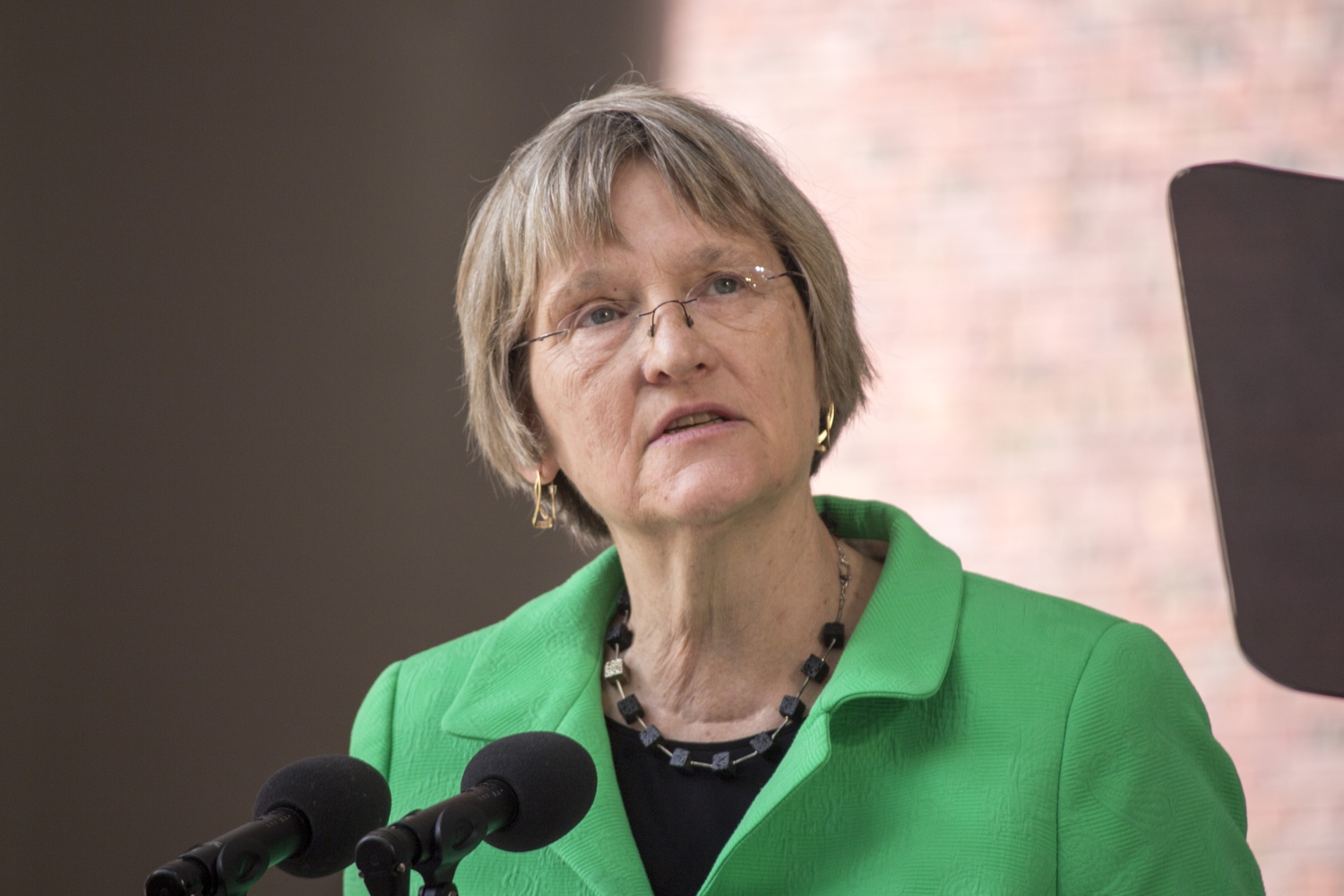
News
Summers Will Not Finish Semester of Teaching as Harvard Investigates Epstein Ties

News
Harvard College Students Report Favoring Divestment from Israel in HUA Survey

News
‘He Should Resign’: Harvard Undergrads Take Hard Line Against Summers Over Epstein Scandal

News
Harvard To Launch New Investigation Into Epstein’s Ties to Summers, Other University Affiliates

News
Harvard Students To Vote on Divestment From Israel in Inaugural HUA Election Survey
Harvard Meets Goal of Reducing Emissions Since 2006

The University has reduced its greenhouse gas emissions by 30 percent since 2006, reaching a short-term goal University President Drew G. Faust set in 2008, according to a sustainability report released Thursday.

The Office for Sustainability implemented Faust’s plan to reduce greenhouse gas emissions by 30 percent over 10 years, working with individual schools and departments to reduce emissions across the University. Faust appointed an executive committee of faculty experts and senior administrators to oversee the project.
“The standards and policies we put into place were clear but also allowed each school to determine how to do their energy audits and meet their standards,” Heather A. Henriksen, the director of the Office for Sustainability, said.
To begin the project, the Office for Sustainability partnered with a nonprofit organization to take an “emissions inventory” from over 600 buildings in North America and 25 million square feet of space. Ninety-seven percent of the University’s emissions come from “building electricity use, heating, and cooling,” according to the report.
On campus, while laboratories account for 46 percent of the University’s energy usage, they only occupy 22 percent of Harvard’s square footage, which the report says illustrates “the unique challenge that research-focused organizations face as they seek to reduce their emissions footprint.”
The University reduced its emissions by making buildings on campus more energy efficient, purchasing local renewable energy, shifting towards natural gas as an energy source, and improving refrigerant tracking and management, among other steps.
Building managers and facilities teams installed new heating and cooling systems and lighting in buildings across campus. Overall energy use on campus is down 10 percent since 2006 with campus growth factored in, according to the report.
“Climate change is a threat to our future, and it deserves nothing less than our best efforts in the present,” Faust wrote in a statement emailed to University affiliates.
Henriksen said the University-wide nature of the project helped make it successful.
“There aren't a lot of non-academic university-wide initiatives,” she said. “Because there was top-down support from the President and the Deans and bottom-up from the students, and our office in charge, it’s made it need to meet in the middle.”
Henriksen added that, moving forward, this “foundation” can be applied to other sustainability efforts.
“This is short-term, and there’s more to be done,” she said.
—Staff writer Julia E. DeBenedictis can be reached at julia.debenedictis@thecrimson.com. Follow her on Twitter @julia_debene.
Want to keep up with breaking news? Subscribe to our email newsletter.
